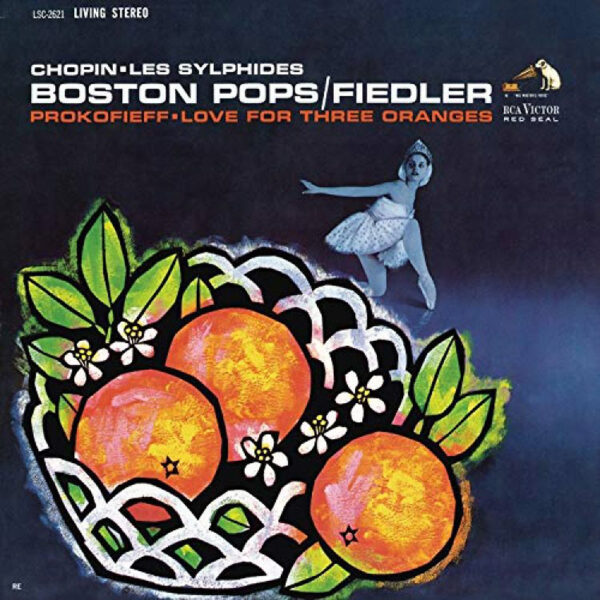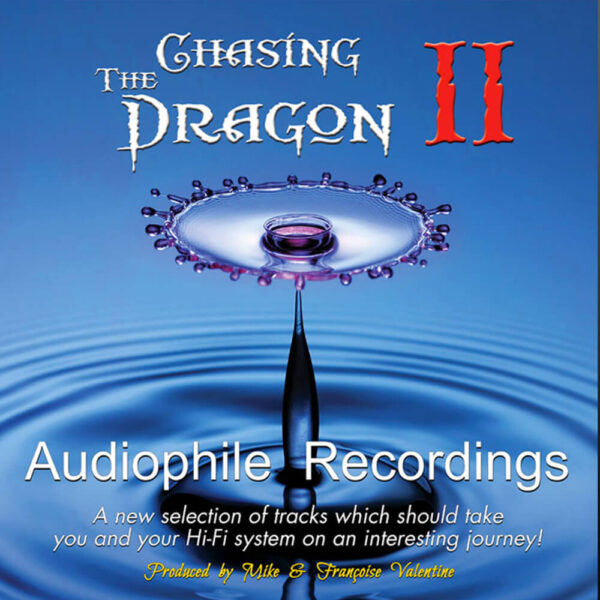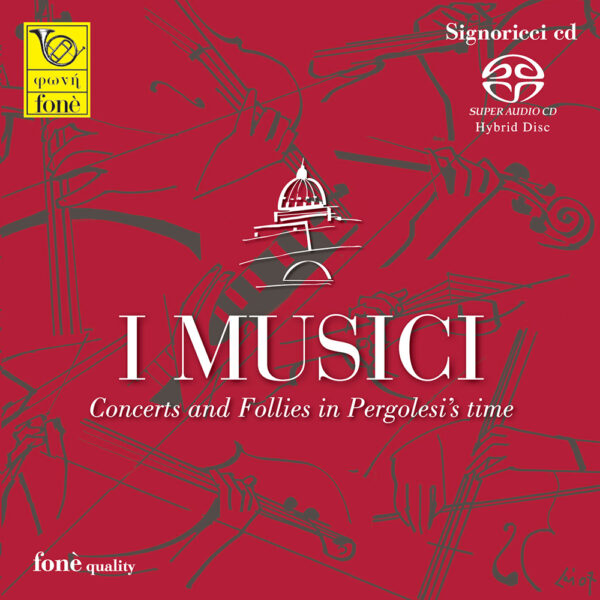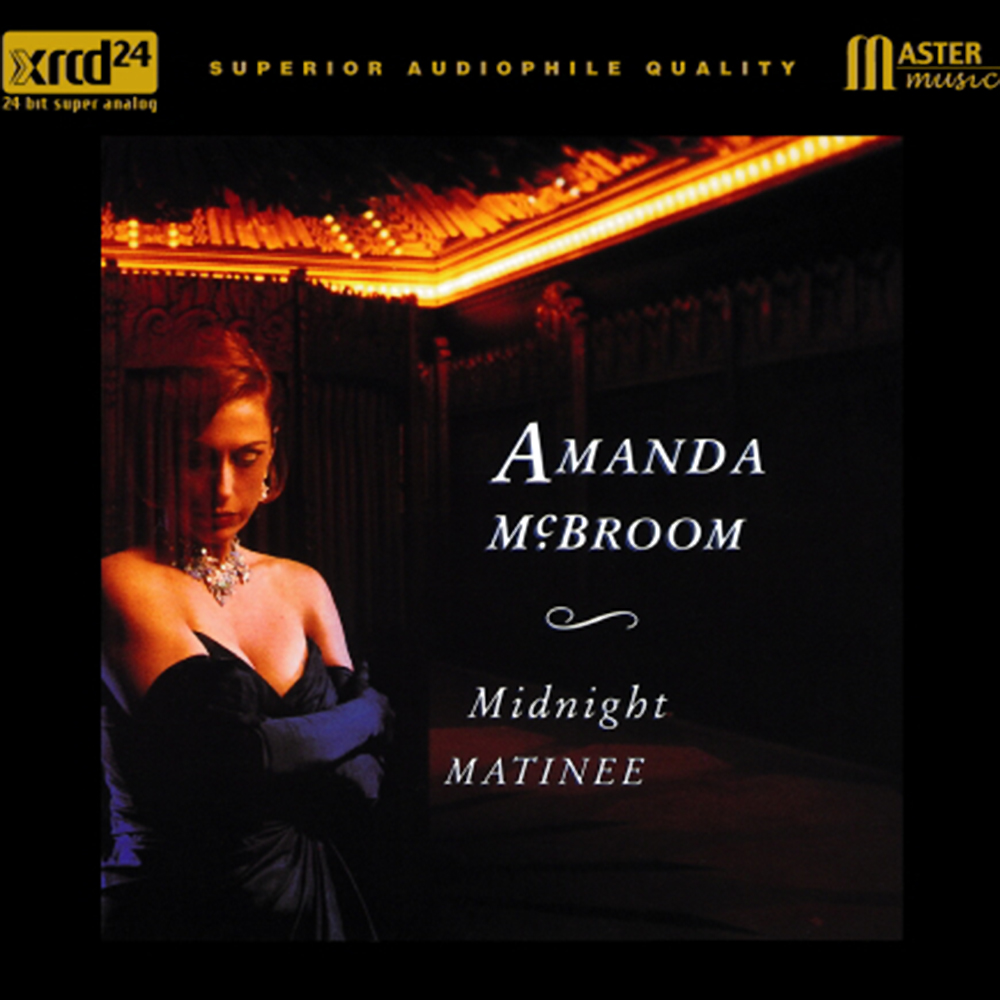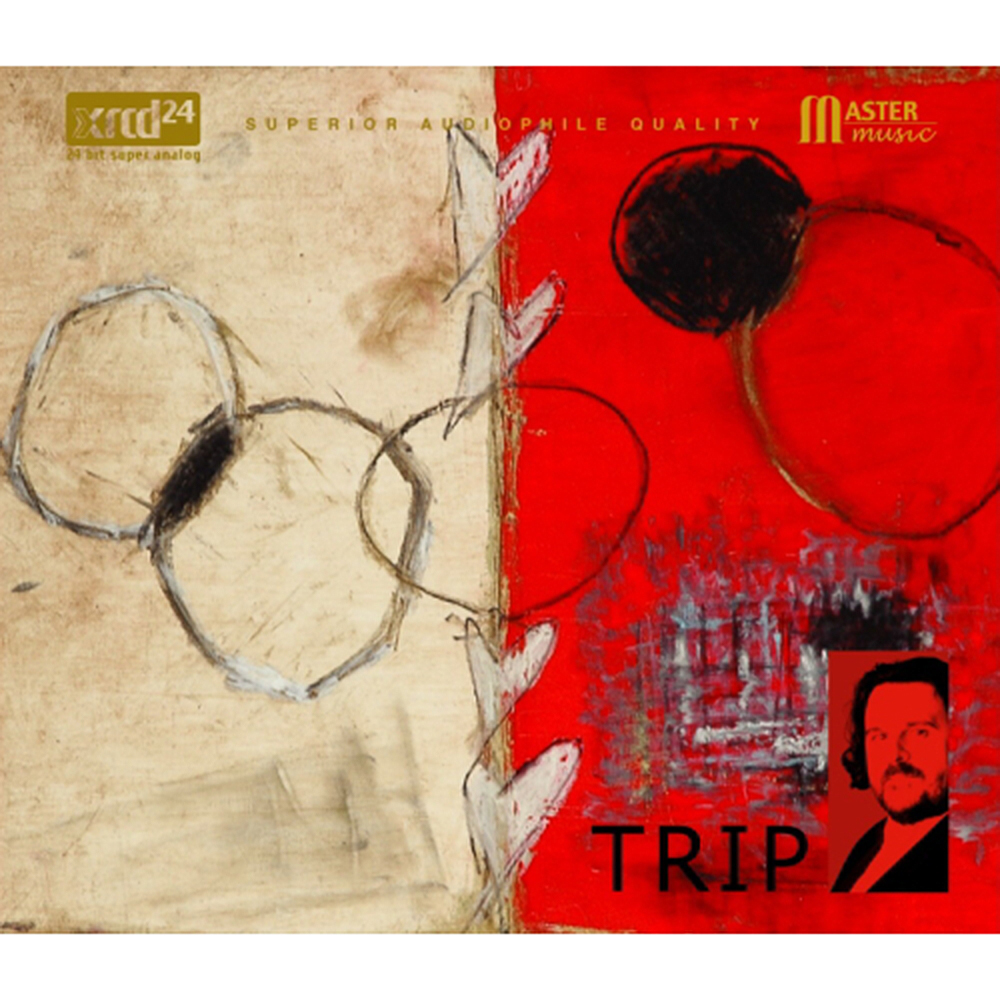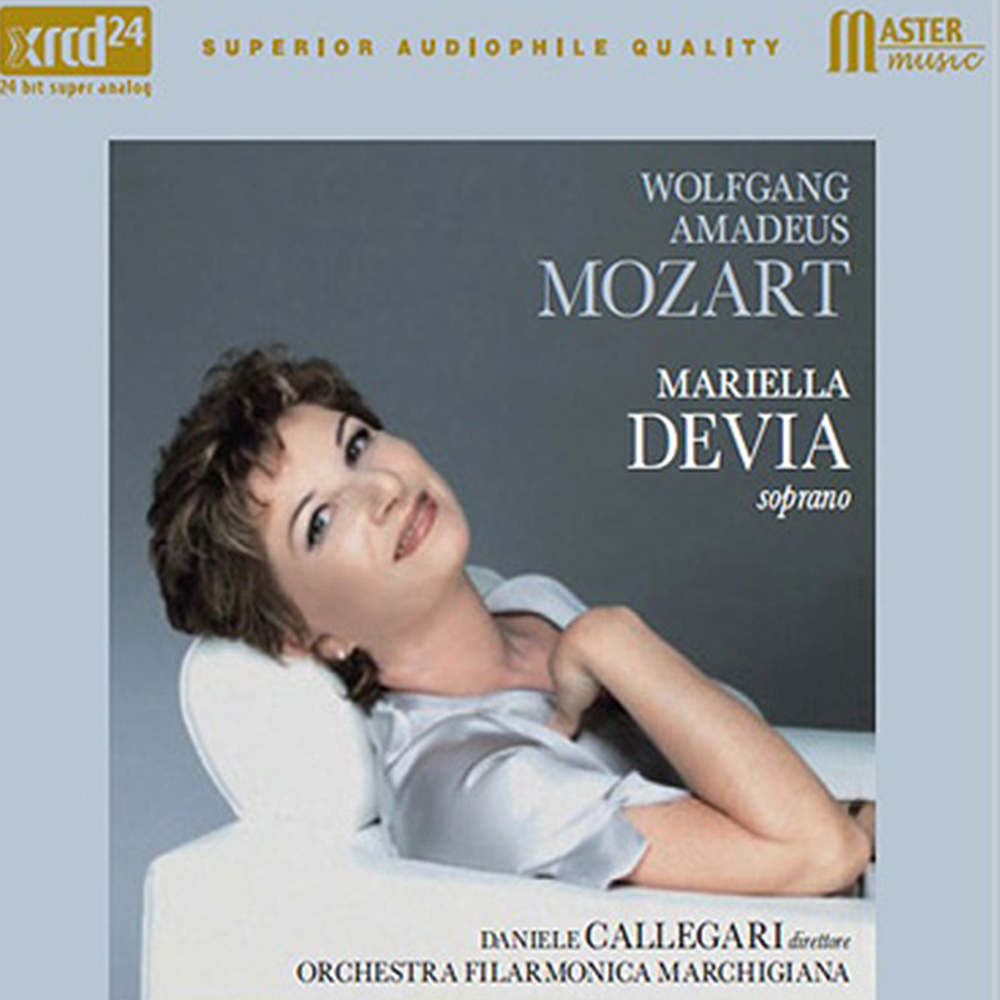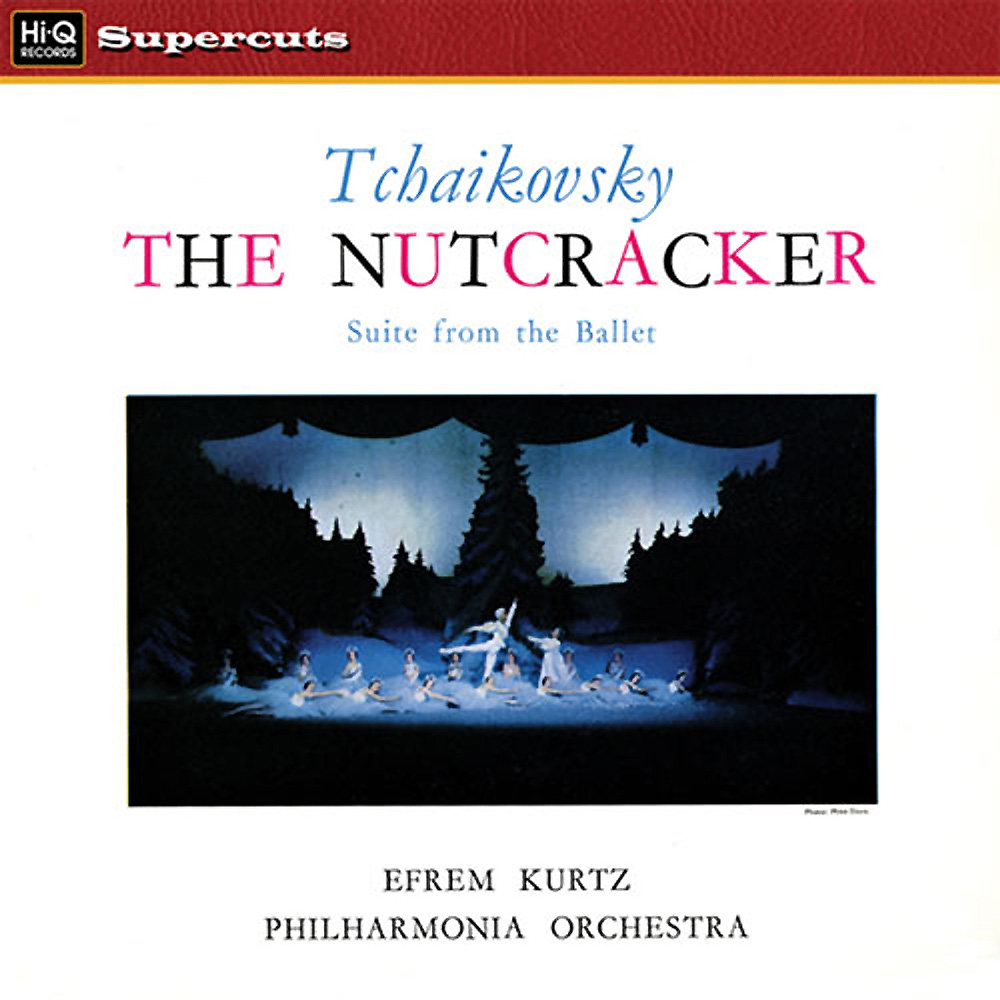Holst: Hammersmith – Reference Recordings HDCD
“Holst: Hammersmith” by Reference Recordings HDCD is an exquisite audiophile release that captures the power and nuance of Gustav Holst’s compositions. This high-definition CD features a remarkable performance of Holst’s “Hammersmith,” showcasing the piece’s intricate brass and woodwind arrangements with exceptional clarity and depth. The recording is renowned for its pristine sound quality, making it a must-have for classical music enthusiasts and audiophiles alike.
Track Listing
1st Suite for Military Band in E-Flat Major, Op. 28 No. 1, H. 105:
I. Chaconne
II. Intermezzo
III. March
A Moorside Suite, H. 173:
I. Scherzo. Allegro
II. Nocturne. Adagio
III. March. Allegro
2nd Suite for Military Band in F Major, Op. 28 No. 2, H. 106:
I. March
II. Song Without Words
III. Song of the Blacksmith
IV. Fantasia on the Dargason
Hammersmith, Op. 52, H. 178






